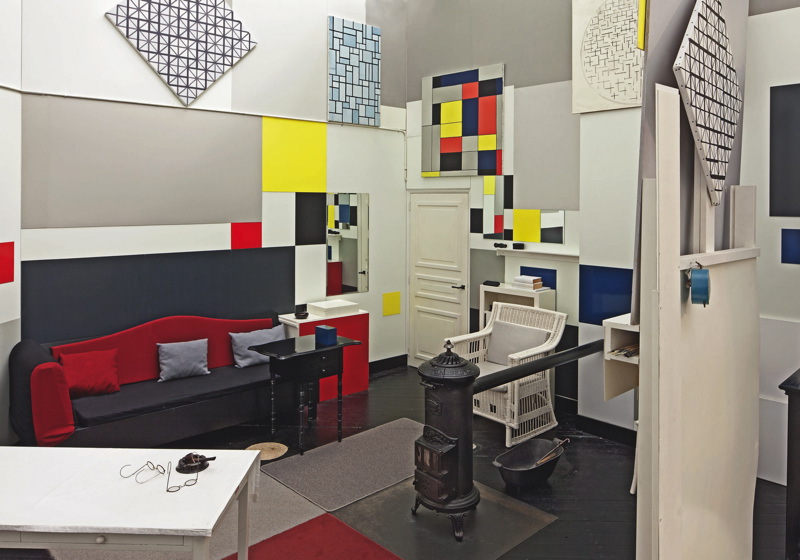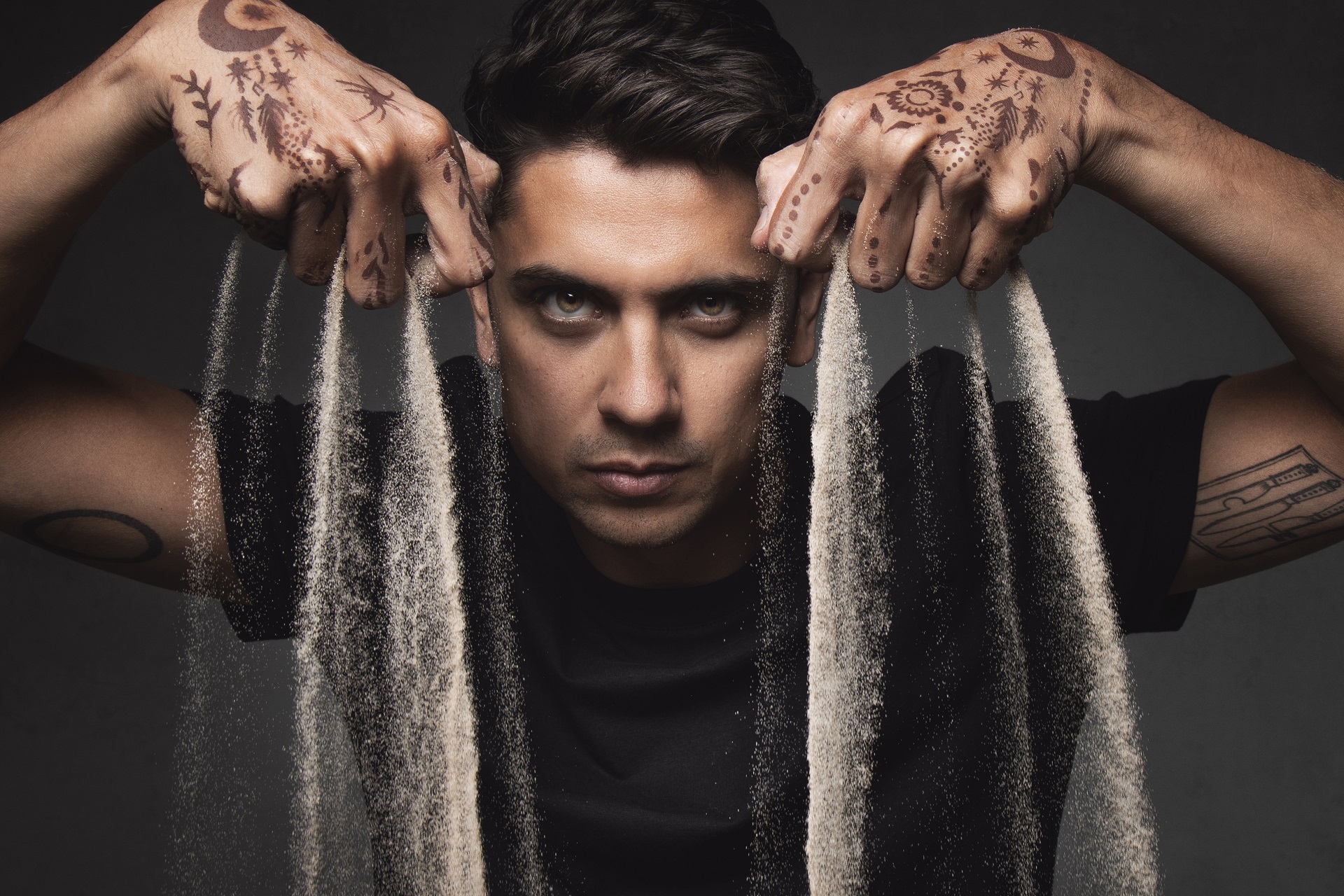From Chagall: Modern Masterto Turner Monet Twombly: Later Paintings and René Magritte: The Pleasure Principle, Tate Liverpool is setting the bar ever higher with its major annual exhibition.
This year is no exception. As art lovers mark the 70th anniversary of Piet Mondrian’s death the gallery, which is also the northern home to the national collection of modern art, is staging Mondrian and his Studios. For this monster exhibition, it has brought together the largest number of neo-plastic paintings by the Dutch artist ever assembled in the UK. Some have never been seen in this country.
Today Mondrian is regarded as one of the most important contributors
to the development of abstract art at the beginning of the 20th century. His dedication to primary colours and linear form has been well documented – and his most famous works are recognised by everyone from art lovers to students of architecture and graphic design.
In addition to celebrating his work, the exhibition asks what of the man himself? What factors led him to make the switch from successful figurative artist in his homeland to international radical innovator? In a bid to answer these questions visitors to the gallery can enjoy a life-size reconstruction of Mondrian’s Paris studio. Francesco Manacorda, artistic director of Tate Liverpool, explains how.
“The replica of Mondrian’s Paris studio gives a unique insight into Mondrian’s practice and offers a bridge between the visitor and the artist. Mondrian invaded the whole space with coloured cards, which he continuously moved to seek new compositions, but visitors also encounter the dining table where he entertained friends. This is an amazing opportunity to understand Mondrian the man as well as the artist.
“We also offer audiences the chance to see the progression that Mondrian’s work took. It’s amazing to see the progression of the iconic grid work develop in front of you as you walk around the gallery.”
“The replica of Mondrian’s Paris studio gives a unique insight into Mondrian’s practice and offers a bridge between the visitor and the artist.”
According to Manacorda, the life- size model of Mondrian’s Paris studio, described by early visitors as the exhibition highlight, is integral to the exhibition and experience.
“We wanted to offer our visitors the opportunity to physically inhabit a replica of the unique environment that Mondrian created,” he says. “Mondrian and his Studios considers not only his importance in the field of abstraction, but also how the artist wanted to bring the relationship of colours and compositions into three-dimensional space. Mondrian’s studios in Amsterdam, Paris and New York all represented an ideal viewing space and reflected different stages of the painter’s way of thinking and of his intentions: the studios themselves form a distinct strand of his work, alongside his painting and writing. We were keen to bring this immersive experience to our visitors because it reveals the complexity of Mondrian’s thinking.”
The exhibition is up and running and already attracting large audiences. But bringing together the largest number of neo-plastic paintings in Britain has been no easy task.
“The team and I worked incredibly hard to bring together these pieces, with work coming from across the world including Europe and America,” reflects Manacorda. “Along with the reconstruction of Mondrian’s Paris studio the exhibition gives our visitors a fantastic opportunity to experiencean incredibly significant amount of Mondrian’s iconic works.”
In a rather unusual move, the gallery has chosen to exhibit Mondrian’s work alongside Nasreen Mohamedi, an artist considered to be the ‘mother figure’ of Indian modernism. Manacorda explains the thinking behind the decision.
“Nasreen Mohamedi, much like her Dutch counterpart, moved away from a figurative style and developed her own unique approach to abstraction. We felt that Mondrian and Mohamedi’s work complement each other and work well together within one gallery space. They share interests in architecture, photography and spiritual purity, and this helps visitors in their understanding of both artists.
“We also wanted to create a bridge between familiar and lesser known artists to invite visitors to discover new areas of art history.”
Mondrian and his Studios is at Tate Liverpool until 5 October
Like the Big Issue North on Facebook




Leave a reply
Your email address will not be published.